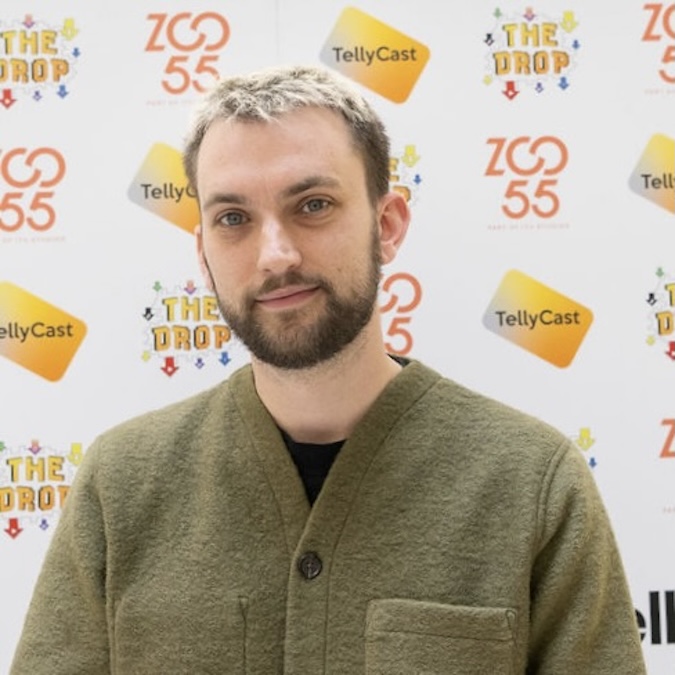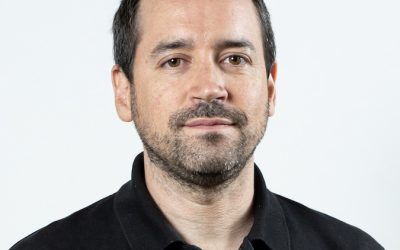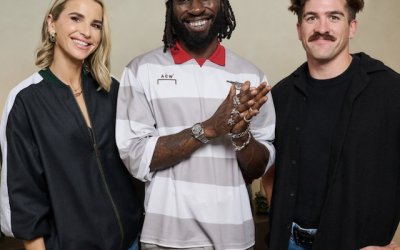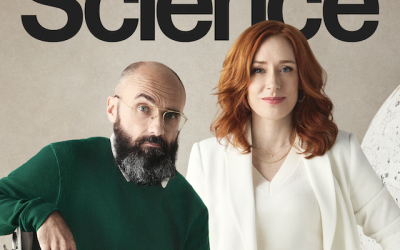For many traditional TV producers, the move into the digital-first world can feel like stepping into chaos. Storyboards, set pieces and tightly written scripts have long been the backbone of broadcast production. But Ben Doyle, the creative force behind After Party Studios, has built his career by rejecting that structure in favour of something much looser – and it’s working.
Known to many as RubberDuck, Doyle has spent nearly a decade building social-first hits by working hand-in-hand with digital-native talent. Speaking at the recent TellyCast How to Make Money in Digital event, he made it clear that the rules of the YouTube game are radically different to those of television.
“YouTube’s always been about someone having fun and that being recorded,” Doyle explained. “Feeling too structured suffocates it. The beauty of YouTube is that it has to be free flow, constantly reacting to what’s going on.”
This is not just a philosophical stance; it’s a practical business strategy. Doyle believes traditional producers often make the mistake of trying to impose their broadcast methods onto digital creators. The result? Content that feels forced and disconnected from the audiences who are consuming it in their millions. Instead, Doyle says producers should approach the work the way YouTubers do – by building ideas around the talent from the start, not bolting them on as an afterthought.
“It’s about writing the creative with the talent in mind. You can’t just come up with the idea and then drop someone in,” he said. “The job for traditional broadcasters coming into the space is to make it possible for the creator to just be themselves. That’s what the audience is buying into.”
Since launching After Party Studios in 2016, Doyle has seen the digital content ecosystem evolve rapidly. In the early days, he faced rooms full of commissioners who barely understood the social video landscape. Fast forward to today, and the tide has turned.
“The industry has grown up,” Doyle said. “We’ve gone from being the weird kids in the corner to being the thing everyone’s now focused on. It’s not an afterthought anymore. It’s about making something that serves the audience, where they are, with what they want to receive.”
The success of After Party Studios is no accident. Its growth has been driven by a ruthless focus on the audience. Doyle is quick to point out that social video audiences are not looking for lavish production values or prime-time polish. In fact, chasing that look can be a misstep.
“If you want to make premium content on tighter budgets, you’ve got to focus on what the audience cares about,” Doyle said. “They’re not here for big set designs or cinematic shots. They want to be entertained. The value comes from really understanding the culture, the memes, the in-jokes, and building around that.”
For Doyle, the flexibility of digital-first production is the real superpower. Unlike TV, where a format can be locked for months, the digital space allows for constant experimentation. If a video flops, the next one can pivot instantly – new talent, new angle, new idea.
Looking ahead, Doyle’s team is already deep into the second season of the Digital Video Awards-winning Sky Sports Scenes, and brand partnerships are becoming a significant part of After Party’s future growth. There’s increasing demand from brands who want to make entertainment content that actually cuts through with the social audience.
“It’s exciting because now the briefs are finally landing in the right place,” he said. “I’m seeing more opportunities that really serve what the audience actually wants.”
In a space often obsessed with algorithms, trends and formats, Doyle’s message is surprisingly simple: serve the audience, build around the talent, and don’t let structure kill the magic.




